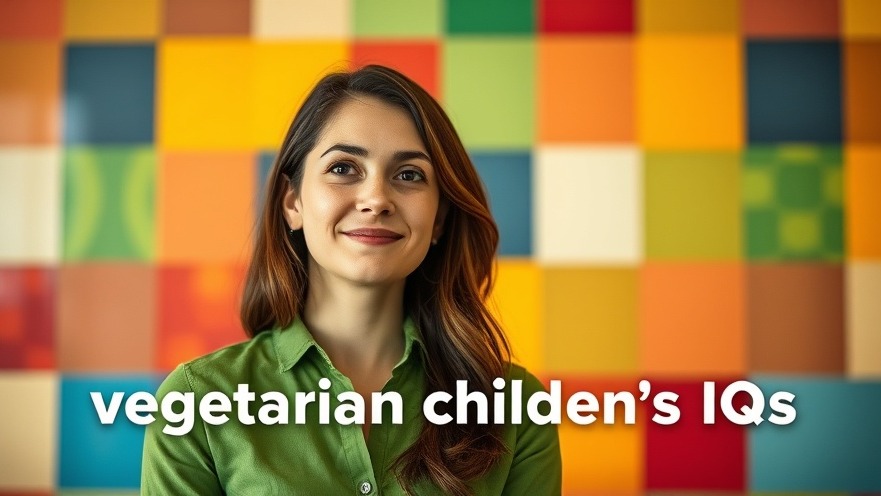
Unlocking the Secrets of Social Dominance: New Insights from Squirrel Monkeys
The intricate ways in which social dynamics dictate behavior are not just confined to human societies. Recent research conducted by Julie Royo and colleagues at the Institute of Cerveau has shed light on how certain brain structures influence social dominance in squirrel monkeys, offering intriguing implications for our understanding of primate behavior.
The Role of the Uncinate Fasciculus
At the heart of this research lies the uncinate fasciculus, a bundle of nerve fibers that connects different regions of the brain responsible for emotions, memory, and motivation. The findings suggest a strong correlation between the structural properties of this brain tract, particularly in the right hemisphere, and the social dominance metrics observed in the monkeys. This is critical; it hints at an evolutionary continuity where the brain's architecture governs social interactions across different species.
Connecting Primate Behavior to Human Dynamics
This research draws parallels to human studies that also highlight the role of the uncinate fasciculus in aggression and social behavior. Just as it appears that these monkeys exhibit hierarchical behaviors based on their brain structure, so too might humans be influenced by similar neuroanatomical features. Understanding these correlations could provide vital insights into the biological underpinnings of social roles, aggression, and possibly even mental health issues tied to social conflict.
What This Research Means for Health and Wellness
As we delve deeper into how neuroscience influences behavior and well-being, the findings from this study could offer applications in the fields of health and wellness. For instance, acknowledging the biological roots of social behavior can pave the way for interventions aimed at improving community health. Programs that foster social connectedness might not only enhance emotional support networks but also influence brain function positively, thus promoting optimal health and wellness throughout various communities, including those in San Antonio.
Exploring the Community Connection
Health and wellness initiatives that recognize these neuroscience insights could be transformative. Community health and wellness centers can implement educational programs that address how social interactions shape mental well-being, especially as they relate to stress and anxiety management. Integrating knowledge from both neuroscience and social behavior into wellness initiatives can elevate the services offered by health and wellness businesses, thereby improving overall community health outcomes.
Actionable Insights for Enhanced Wellness
For individuals looking to cultivate a healthier lifestyle, the findings suggest several actionable insights:
- Engage socially: Prioritize social interactions that can enhance emotional connections, thus positively influencing brain health.
- Participate in community wellness events: Involvement in local health and wellness events can foster connections and support, benefiting mental health.
- Utilize wellness resources: Seek out health and wellness resources, from nutritional supplements to supportive therapy, that are informed by these insights.
The Future of Neuroscience in Social Behavior Understanding
Looking forward, the convergence of neuroscience and social sciences may reveal more about how brain structures dictate behaviors not only in primates but also in humans. Further research could lead to innovative therapies addressing behavioral issues rooted in social interactions. As we consider mental wellness and community health, the implications of the uncinate fasciculus and its role in social dominance could revolutionize our approaches to health care, fostering environments where individuals thrive collaboratively.
The implications of Royo et al.'s findings are vast, extending into realms of community health and individual well-being. Staying informed about advancements in neuroscience can provide actionable knowledge that empowers collective wellness initiatives.
 Add Element
Add Element  Add Row
Add Row 



Write A Comment